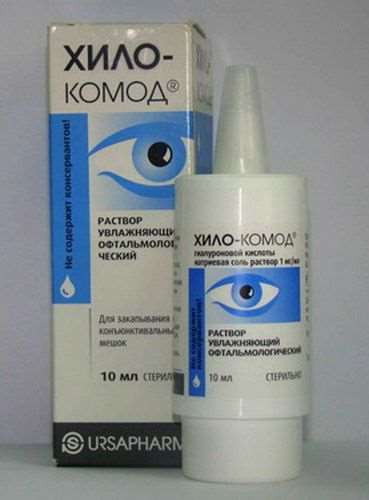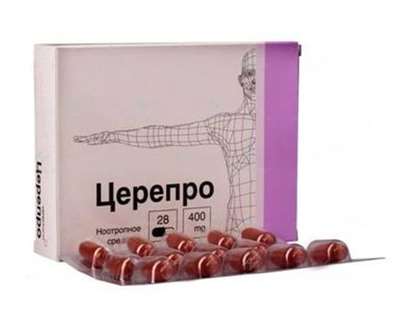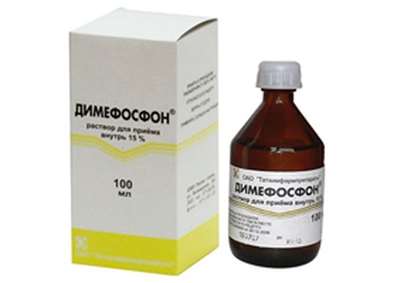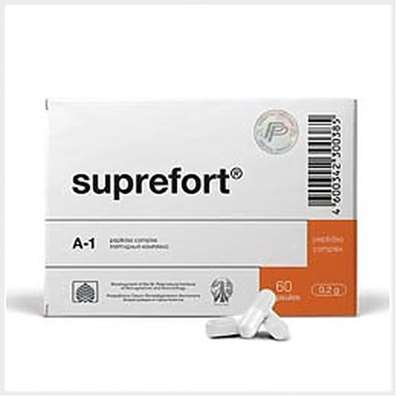Instruction for use: Vitex agni casti fructuum extract
I want this, give me price
Latin name of the substance Vitex agni casti fructuum extract
Extractum fructuum Agni casti (Genus. Extracti fructuum Agni casti)
Pharmacological group of substance Vitex agni casti fructuum extract
Dopaminomimetics
The nosological classification (ICD-10)
E28.9 Ovarian dysfunction, unspecified: Support of luteal phase in spontaneous or induced menstrual cycle; Support of the luteal phase during preparation for in vitro fertilization; Secondary hypofunction of the ovaries; Reduced function of the sex glands; Disturbance in the luteal phase of the ovarian cycle; Insufficiency of the luteal phase of the cycle; Estrogen insufficiency; Incomplete maturation of the follicle
N64.4 Mastodynia: Mastalgia; Soreness of the mammary glands; Cooper's disease
N94.3 Premenstrual tension syndrome: Pronounced premenstrual syndrome; Menstrual psychosomatic disorder; Menstrual syndrome; Premenstrual tension; Premenstrual status; Premenstrual period; Premenstrual syndrome; Menstruation syndrome
N94.6 Unspecified Dysmenorrhea: Pain in menstruation; Functional disorders of the menstrual cycle; Functional disorders of the menstrual cycle; Menstrual cramps; Menstruation disorder; Pain during menstruation; Painful irregular menstruation; Algodismenorea; Algomenorea; Pain syndrome with smooth muscle spasms; Pain syndrome with smooth muscle spasms (renal and biliary colic, intestinal spasm, dysmenorrhea); Pain syndrome with spasms of smooth muscles of internal organs (renal and biliary colic, intestinal spasm, dysmenorrhea); Disalgomenorrhea; Dysmenorrhea; Dysmenorrhea (essential) (exfoliative); Menstrual disorder; Menstruation painful; Metrorrhagia; Violation of the menstrual cycle; Menstrual irregularities; Prolactin-dependent disorder of the menstrual cycle; Prolactin-dependent disorder of menstrual function; Pain syndrome with spasms of smooth muscles of internal organs; Spastic dysmenorrhea; Primary disalgomenorrhea
Model clinical-pharmacological article 1
Pharmacotherapy. Combined drug, normalizes the content of sex hormones. The active component of the drug is prutnjak, whose dopaminergic effect reduces the production of prolactin (eliminates hyperprolactinemia), increasing the concentration of which reduces the secretion of gonadotropins, as a result of which there may be irregularities in the maturation of follicles, ovulation and in the stage of functioning of the yellow body. The resulting imbalance between the content of estradiol and progesterone leads to various violations of the menstrual cycle, as well as to mastodynia. Prolactin, having a direct stimulating effect on the proliferative processes in the mammary glands, increases the formation of connective tissue and causes the expansion of the milk ducts. Reducing the content of prolactin leads to the reverse development of pathological processes in the mammary glands and eliminates the pain syndrome. Rhythmic development and normalization of the ratio of gonadotropic hormones leads to the normalization of the second phase of the menstrual cycle.
Indication. Violations of the menstrual cycle associated with malnutrition of the yellow body, mastodynia, premenstrual syndrome.
Contraindications. Hypersensitivity, pregnancy, lactation.
Dosing. Inside, 40 drops or 1 tablet once a day, in the morning. The course of treatment is 3 months, without interruption during menstruation.
Do not chew the tablet. Droplets before use, while using the bottle keep it upright.
If after the withdrawal of the drug complaints appear again, you need to consult a doctor and continue treatment.
Side effect. Allergic skin reactions, rarely - psychomotor agitation, confusion, hallucinations.
Interaction. When combined with dopamine receptor antagonists - mutual weakening of the action.
Special instructions. In case of appearance of weakness, depression and / or pain in the mammary glands, as well as in case of menstrual irregularities, it is recommended to consult a doctor. Drops for oral administration should not be used after successful antialcohol treatment.
Tablets, coated with a shell, contain milk sugar (lactose). Lactose intolerance can be considered as a possible cause of stomach pain and diarrhea.
Possible loss of a small amount of sediment during the storage of drops (does not affect the effectiveness of the drug).

 Cart
Cart





